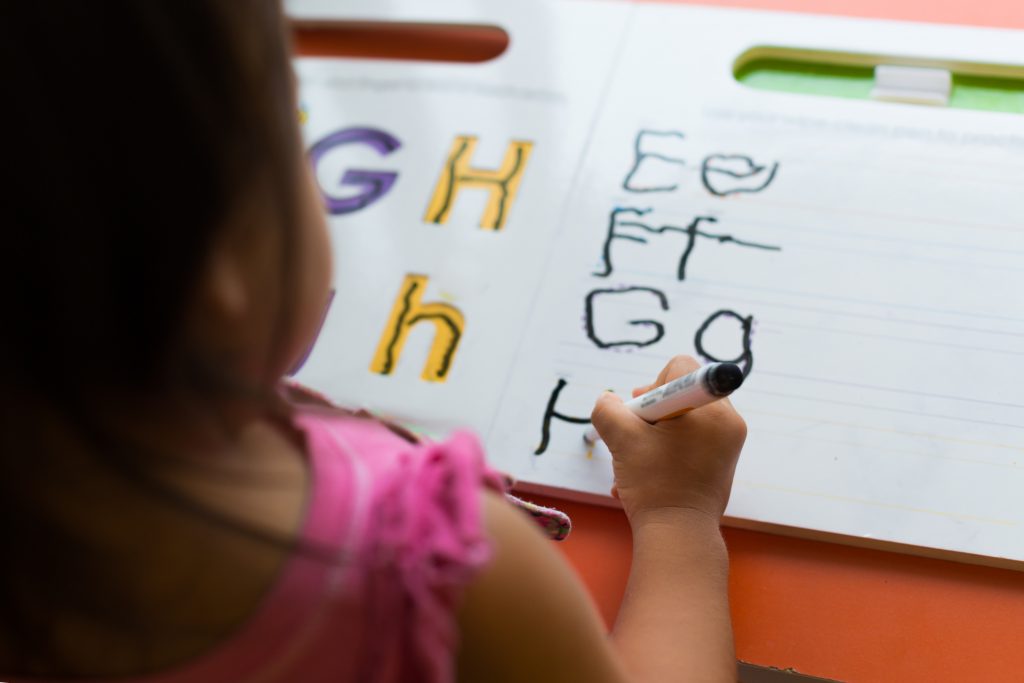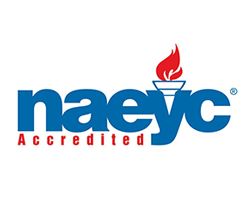
In last month’s post, we looked at the skills preschoolers improve and acquire by learning to write. This month, we’re going to back up a little talk about pre-writing skills. Pre-writing is an important step in early childhood development and leads to a child learning formal writing skills. Developing pre-writing skills is something children may initiate on their own, but it is important for parents and caregivers to encourage children to develop these skills.
Let’s take a closer look at pre-writing skills and what they look like in early childhood development.
What are pre-writing skills?
As you would expect, pre-writing skills are the skills children develop before they formally learn to write. These skills fall into three broad categories: sensorimotor, fine motor, and visual-motor.
Sensorimotor skills are all closely related to each other. They include gross motor development, core body control and strength, arm and hand coordination, and the imitation of movements. All these skills, plus a few others like tactile sensory awareness, work together so a child can develop and strengthen new skills.
Fine motor skills are the more precise skills that allow children to grip a pencil or crayon and make small movements. As children practice and develop these skills, they will strengthen their individual fingers, start to favor one hand over the other, and improve finger dexterity.
Visual-motor or visual-processing skills are what we use to translate the information we take in with our eyes into movement. In pre-writing, children develop visual motor skills when they look at shapes or letters and then attempt to copy them.

The Stages of Pre-Writing Skills
There are multiple stages of pre-writing skills before a child actually learns to write. They start by drawing and scribbling, making marks that represent writing. From there, they progress to wavy scribbles that imitate handwriting and move from left to right. The next stages are letter-like forms and transitional writing. This is when a child can draw shapes that look like letters and are grouped together as if they were words. These start to emerge as a child learns to write individual letters, and they lead into the next stage, invented or phonetic spelling. As children learn to associate letters with the sounds they make, they start to guess how to spell simple words. This brings us to the final stage of pre-writing, when children learn to write their names, correctly spell simple words, and use upper and lower case letters.
Early Childhood Education | Wollaston Child Care Center
At Wollaston Child Care Center, we understand that every stage of a child’s development is crucial. Our team of early childhood educators is dedicated to giving every child and family the support they need through our flexible programs. Contact us at (617) 773-7217 to learn more!





